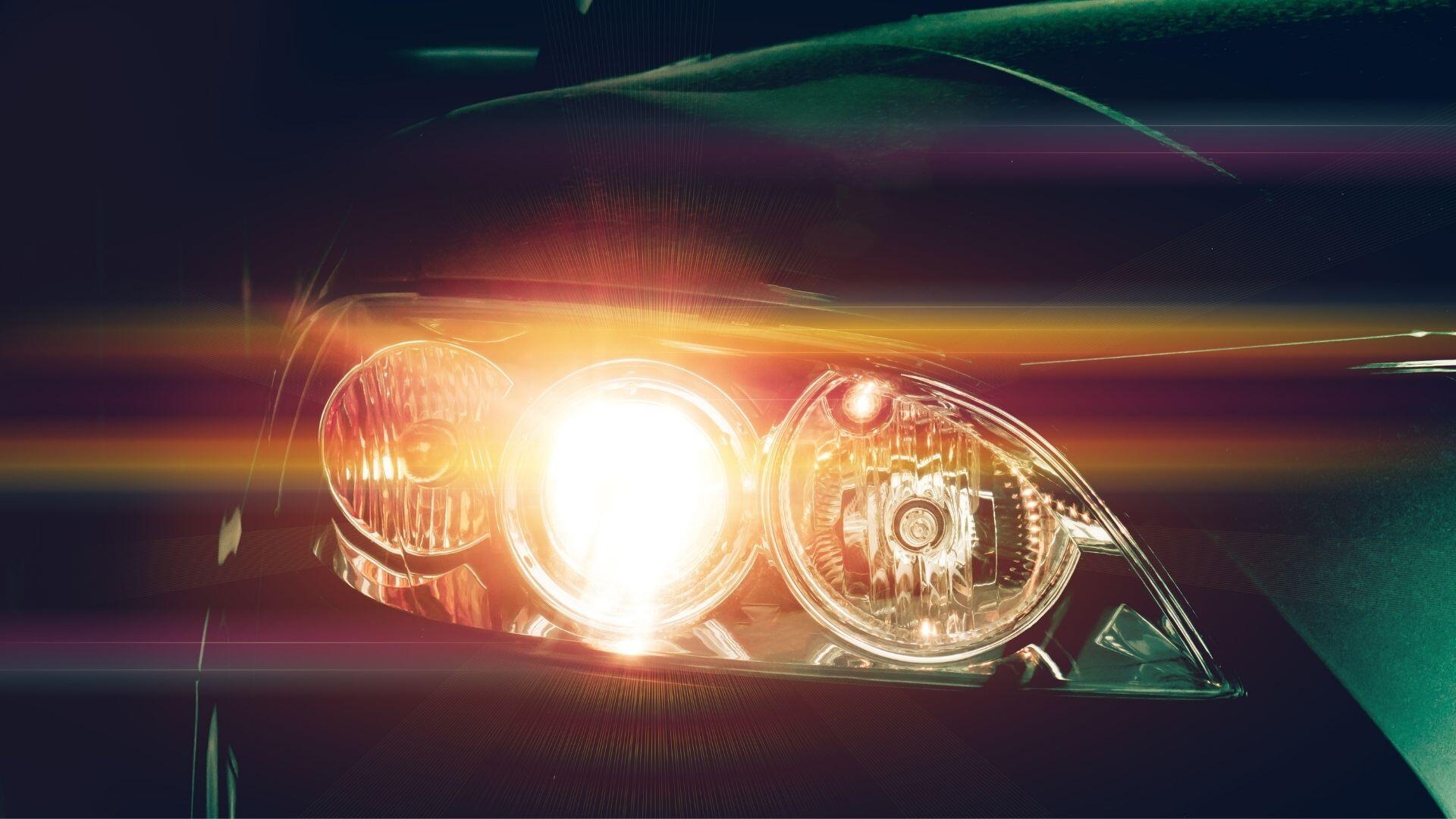Vancouver drivers are increasingly alarmed by bright LED headlights that cause temporary blindness at night. According to Transport Canada, reports of LED headlight glare have surged 200% since 2020.
The British Columbia Automobile Association (BCAA) reports that 78% of drivers experience significant discomfort during evening commutes. As these high-intensity lights become standard equipment in newer vehicles, the number of complaints continues to rise.

The Evolution of Headlight Technology
Vehicle lighting has evolved dramatically since the dim incandescent bulbs of the 1970s, progressing through halogen lights in the 1980s and ’90s to today’s LED systems. While these technological advances improve driver visibility, they present new challenges for others on the road.
The Canadian Automobile Association (CAA) conducted a nationwide survey in 2024 that found 72% of drivers experience temporary vision impairment from bright headlights during their regular commute. The Council of Ministers of Transportation has identified this as a significant road safety issue—especially in urban areas where multiple light sources create complex visual environments.
Modern LED headlights produce up to three times more light than traditional halogen bulbs, ranging from 2,000 to 4,000 lumens. While their increased brightness and focused beam pattern have improved nighttime driving safety in many ways, the intensity can overwhelm oncoming traffic, particularly on winding roads or in poor weather.
LED headlight safety has become a mounting concern in Canada as complaints about nighttime glare surge. Headlight-related complaints jumped 300% between 2018 and 2023, with LED systems as the main source of concern.
What Does BC Law Say?
According to Transport Canada’s comprehensive study on LED headlight safety, while these lights enhance visibility for drivers using them, they pose significant challenges for others sharing the road. Manufacturers must ensure their LED headlights meet strict safety standards to minimize glare and discomfort for other road users.
ICBC has documented a rise in nighttime driving incidents linked to visibility issues. Their road safety statistics highlight how crucial proper headlight maintenance and adjustment are in preventing glare-related accidents.
Throughout British Columbia, law enforcement agencies report increasing complaints about LED headlight intensity—especially during winter months with earlier sunsets. The BC RCMP Traffic Services conducts regular vehicle equipment inspections to verify compliance with provincial lighting regulations.

The Blue Light Problem
A 2023 study by the Insurance Institute for Highway Safety shows LED headlight safety concerns are rising sharply in urban areas. Transport Canada found that drivers over 55 take up to 70% longer to recover from exposure to high-intensity LED headlights than from traditional halogen lights. In response, the Canadian Motor Vehicle Safety Standards (CMVSS) now requires new vehicles to pass specific tests for glare reduction and light distribution patterns.
A detailed study by the Canadian Council of Motor Transport Administrators (CCMTA) revealed that poorly aligned LED headlights can produce up to 200% more glare, creating serious nighttime driving hazards. These findings have prompted British Columbia to strengthen its headlight testing and certification requirements.
Factory vs. Aftermarket Lights
Transport Canada warns that uncertified aftermarket modifications create serious safety risks. According to the BC RCMP, lighting-related violations have increased 45% between 2020 and 2024, primarily due to non-compliant LED installations. A recent study by the Canadian Council of Motor Transport Administrators found that improperly installed aftermarket LED systems produce triple the glare of factory-installed units—creating a significant road safety hazard.
The BC Motor Vehicle Act sets clear standards for LED headlight safety, with strict limits on color temperature and brightness. Aftermarket LED systems must operate within a color temperature of 4000K to 6000K to match natural daylight. Vehicles with modifications outside these limits face fines between $109 and $598.

Safety Tips for Drivers
While properly installed LED headlights can reduce nighttime accidents by 15%, about 65% of BC drivers express concerns about their intensity during poor weather. In response, BC has strengthened its oversight through stricter enforcement, regular inspections, and new safety guidelines—including mandatory alignment checks and public education about proper maintenance.
- Stick with your vehicle’s original headlight configuration
- Ensure your headlights are properly aimed and clean
- Avoid aftermarket modifications unless they’re specifically approved for road use
- Remember to dim your high beams within 150 meters of oncoming traffic

Bottom Line
Transport Canada has recently updated regulations to address these issues by implementing new rules for headlight height and automatic leveling systems on high-intensity lights. However, enforcement remains a challenge since police must prioritize more pressing safety concerns such as impaired and distracted driving.
While LED headlights can enhance safety for those using them, they may pose risks to other drivers. The most effective solution is to maintain your vehicle’s factory-installed lighting system and ensure proper adjustment and maintenance.
Important: Before making any aftermarket headlight modifications, consult the BC Motor Vehicle Act and work only with reputable dealers—non-compliant lighting can result in substantial fines.

